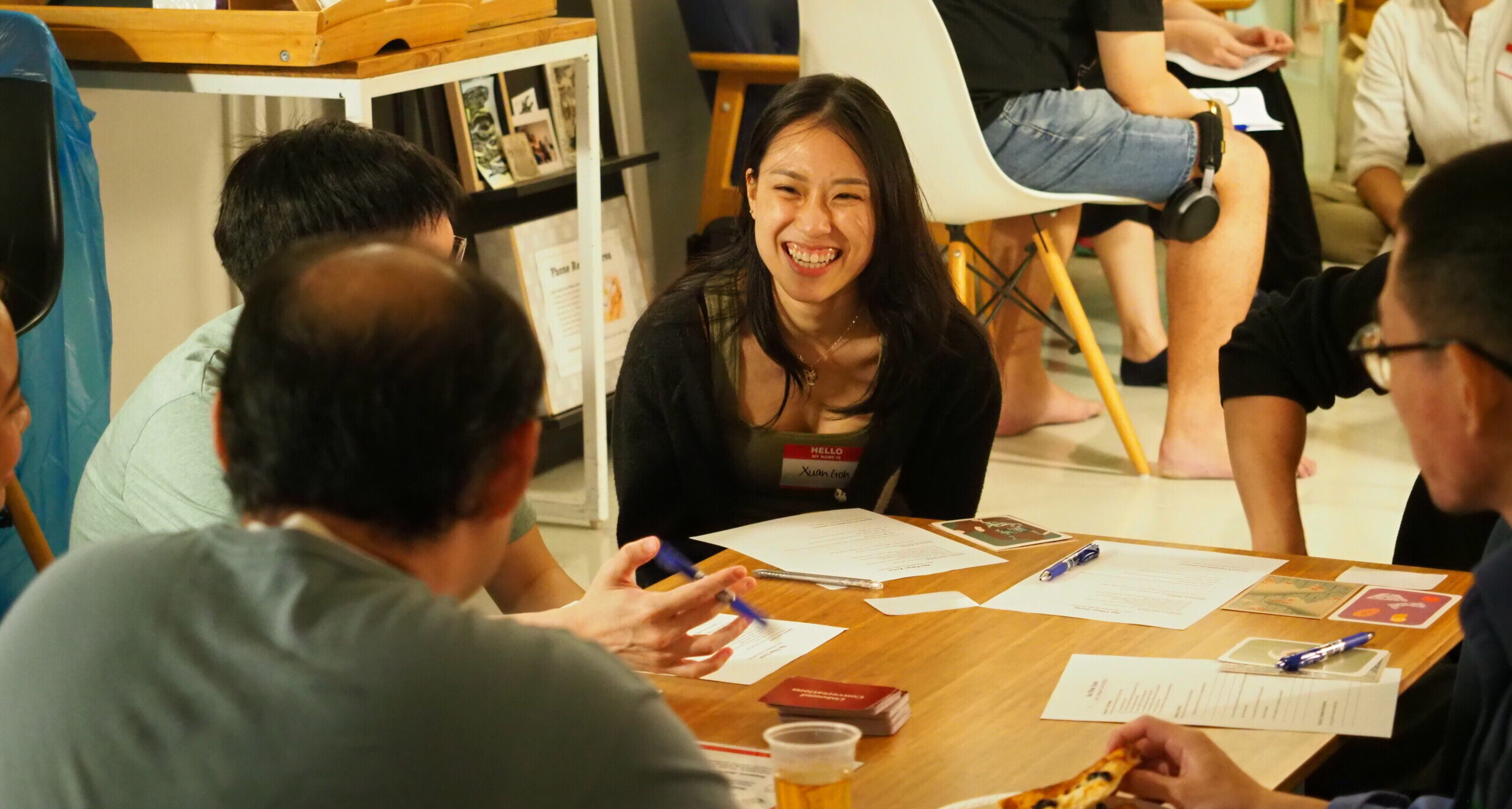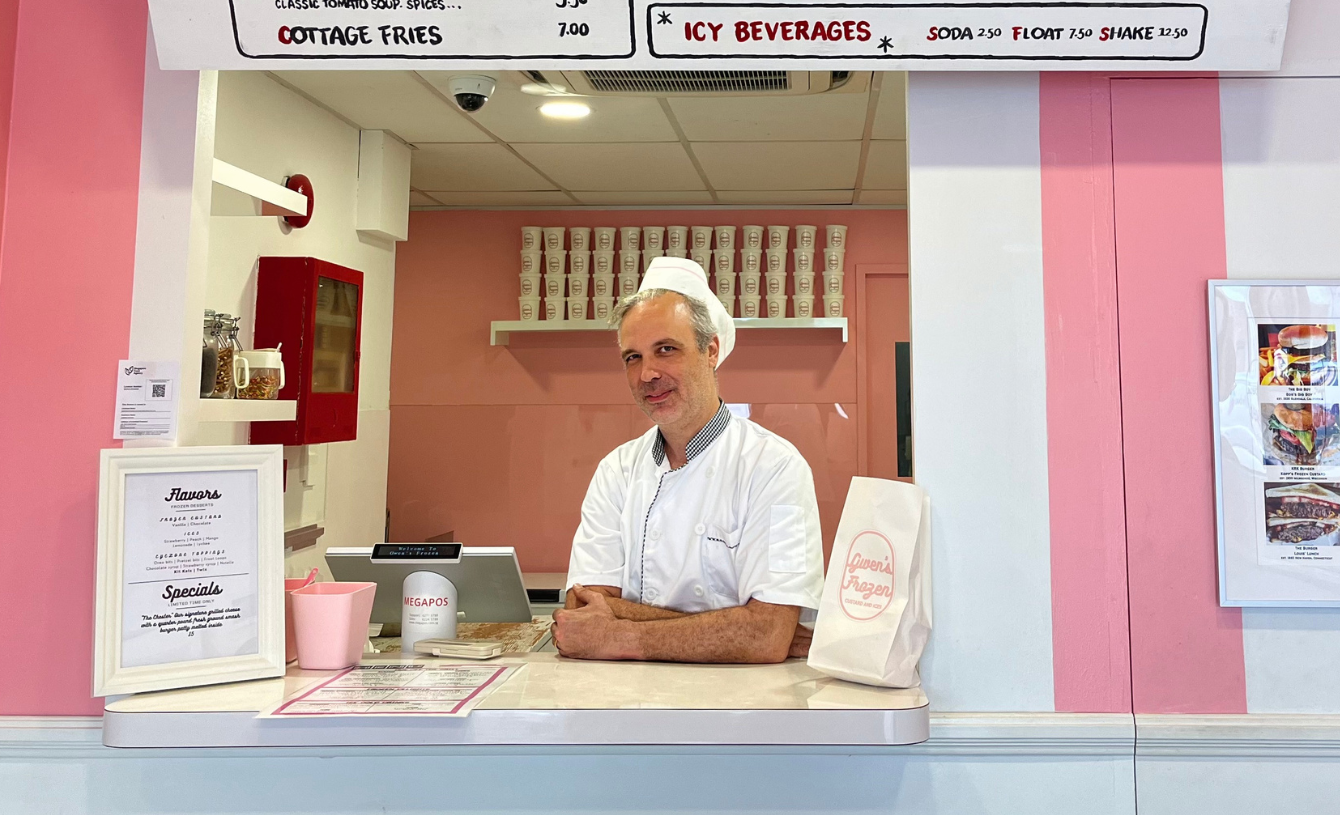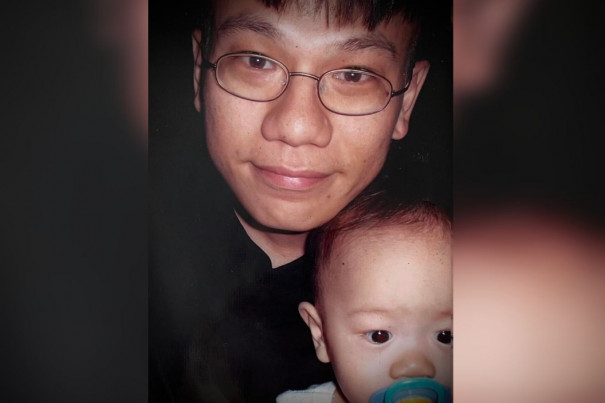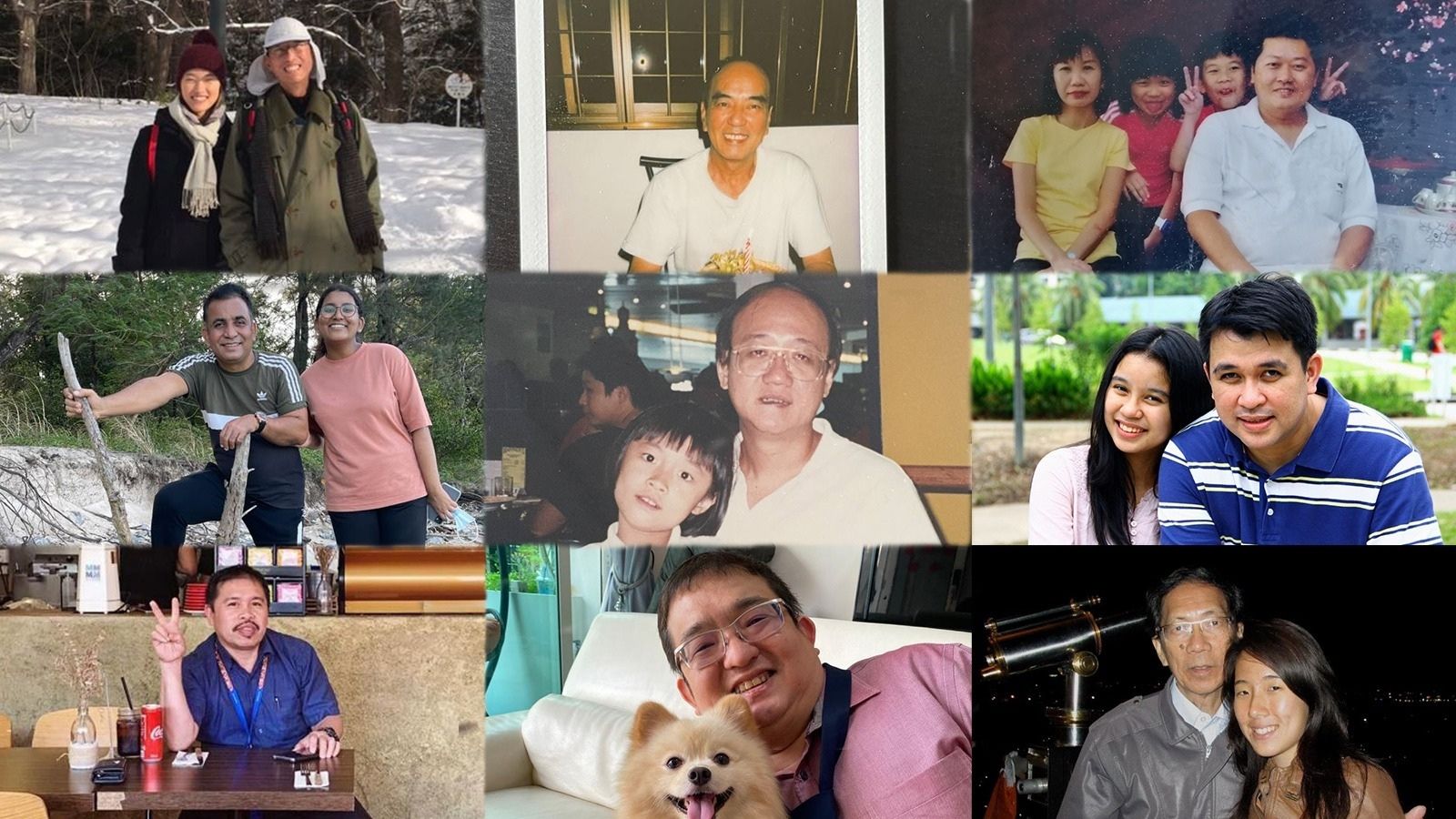|
Audio Version Available
|
For Ronnie Tan, becoming a stay-at-home father in 1999 was a functional decision.
At the time, it was just him, his wife, and his wheelchair-bound mother-in-law. Although they had had a domestic helper to assist with chores and caregiving for his mother-in-law, the birth of his first child meant that more hands were needed around the house.
“Somebody needed to take care of the children,” Ronnie, now 63, explains, “my wife, a teacher, had the more stable job, so I decided to take up the challenge.”
For the next 12 years, Ronnie was the main caregiver for his two daughters (born four years apart) — ferrying them between school and home, helping them with homework, and playing games on the family’s Nintendo Wii with them.

Although his stint as a stay-at-home father ended in 2012 (both he and his wife are retired now), after his older daughter finished primary school, Ronnie still looks back on those days with fondness.
“I got to know their character,” he shares, “I got to know them from an early age, to spend time with them… (becoming the stay-home-parent) was the best decision I made in my life.”
In Singapore, the number of stay-at-home fathers has been gradually increasing, as more families circumvent traditional gender roles — having Dad stay home, while Mum goes out to work.
This increase in stay-at-home fathers is an indicator of shifting gender norms, as Singaporean families step away from the quintessential stereotype of the breadwinner husband and homemaker wife.
Like Ronnie, some families make the choice out of pragmatism — if Mum has a higher stable income (or a government bond to serve!) then Dad should step up and take on more family responsibilities.
Others choose to take on the role out of personal preference, having discovered that this arrangement best suits their family dynamic. With research showing that children benefit from their father’s active participation in their education, more families are willing to explore the different ways that fathers can be involved in their kids’ lives.
Many hats to wear
“A good stay-at-home dad needs to be a chef, a teacher for all subjects, a nurse, a housekeeper and handyman,” says Tan Wee Teck, “a project manager (to manage a child’s daily activities), an army encik to instil discipline, and a best friend.”
It’s a daunting set of requirements, especially for what essentially amounts to a full-time job with no pay. (Time to appreciate our mums for what they do!)
Wee Teck, 44, has been a stay-at-home father since 2017, when his family relocated to Shanghai after his wife was posted there for her job. Prior to the move, he had been a relationship manager in the education sector, a corporate role that he gave up to care for his then two-year-old son, Kai.
It wasn’t a difficult decision — becoming a stay-at-home father allowed him to spend more time with his son while his wife furthered her career.
Other stories you might like







Wee Teck’s priorities have shifted towards his son — keeping track of his developmental milestones, health, well-being and upbringing.
His skillset has also expanded — he cooks, knits and crochets, and works with his son on his school arts-and-craft projects.
It’s a reminder of the many hats that stay-at-home parents must wear, regardless of gender.
Being the primary caregiver for children is a challenging task — you have to be attentive towards their needs and moods, while sometimes forsaking your own. Parenting is a learning curve, and for many, the transition from working adult to full-time parent is difficult.
This is where the support of family and friends is crucial.
For Wee Teck, this support comes from his wife, who steps up on parenting duties over the weekends to allow him a short break to recharge. These breaks aren’t meant for him to abandon the role of “Dad”, but rather a chance to relax, and go off “high alert”, he says.
Dealing with loneliness

It’s not all smooth-sailing of course.
When Glenn Ang, 50, became a stay-at-home father 21 years ago, the challenging part wasn’t the transition from teaching to cooking and cleaning, but rather the sense of being alone in his new role.
“I missed having colleagues,” the father-of-three shares, “It was hard to keep up with friends and former colleagues.”
Unlike mums, stay-at-home fathers tend to be more isolated. Being the only adult at home for most of the day is challenging enough without the added difficulty of having no community of people in similar situations to turn to for support.
“It’s important for parents to stay in touch with friends, colleagues and the world outside home,” explains Glenn, adding that he was grateful for his mother-in-law’s help. With her assistance, he managed to juggle parenting with his own part-time studies.

As his children have grown older — he has two sons aged 21 and 19, and a 14-year-old daughter — he has begun to reconnect with old friends in his spare time.
Having the support of his wife, Geraldine, who works as a dentist, has also been important. The couple see their family as a partnership, balancing duties and working through issues together. They also remind their children that they too are learning and growing through their experiences as parents.
Battling social stigmas and misconceptions
Unlike mothers, who are traditionally seen as natural caregivers, stay-at-home dads often have to deal with a plethora of judgy comments.
Common misconceptions include the perception that they must be lazy, or unable to find a job. Some think that SAHD have “easy lives”, or comment that they’re “wasting the skills” they’ve developed in their careers.
However, these misconceptions are just that — misconceptions.
“If I wanted to be lazy or didn’t want to work, being a stay-at-home dad would have been the worst choice,” explains Wee Teck, “all the cooking, cleaning, coaxing and scolding, homework-doing, crayon-drawing and late-nights worrying (because your child has a 38.4 degree Celsius fever that is too low to see a doctor, yet too high to ignore).”

Part of the issue stems from ignorance over the realities of being a parent.
Another contributing factor is the prevalence of societal gender norms — people who get hung up on believing that stay-at-home fathers are somehow “less of a man” for taking on what has traditionally been a woman’s role.
Samyajit Chaudhuri, 56, became a stay-at-home husband (as he calls it) in 2015, after retiring from his position as the CEO of a battery company. At that time, both he and his wife were working long hours, which was taking a toll on their family.
When they were younger, His wife, Kanika, a gynaecologist, took a step back in her career when his was just getting started, and so this time round, it was his chance to return the favour.
“Society-wise, it is not an actively supported idea. I can sense a difference (in how people see me), but I don’t mind. I have better things to do.”
To Samyajit, the problem boils down to male ego.
“Basically, we live in a male-dominated society. It is expected that the lady will work and come home and cook and do everything to support the family,” he shares, “The change might affect the male ego, but that’s something you have to address before you take the step (into reversing the roles).”

It’s a sentiment Glenn echoes.
“Our society still holds strong views on the roles of men and women that are hard to change,” he says, “It’s a sad thing to see. We have not moved as far forward as some countries (on) more equality in roles throughout society.”
Glenn wants to see positive changes in gender equality for the next generation.
“I’d like to see my children grow up to see a world where women and men share their roles and are represented at all levels of society — from the home all the way to corporate boardrooms and government cabinets.”
All worth it in the end

Despite the challenges they face, every stay-at-home father The Pride spoke to says that given the chance, they’d do it all over again.
Wee Teck missed his son’s first steps because he was at work — but he was there for his son’s first word (it was “mama”), the first time he ate an ice cream, the first time he received an award, and the first time he rode a rollercoaster.
“It would be so sad if I were to miss any more of his childhood,” he shares.
For Glenn, some of his favourite memories include putting his children to bed and picking them up after school. Ronnie cherishes the time with his daughters, getting to know their personalities and quirks.
It’s about catching the little moments, the things that you might not realise you had missed if you hadn’t been there.
Other stories you might like







Parenting is challenging — being entrusted with shaping young minds and characters, while learning life lessons of your own. It’s easy to fixate on the daily necessities of being a parent, and forget to actually enjoy the time with your children.
In Glenn’s words: “Each parent and each child is different and we do have to work to find ourselves and grow more aware of the needs of our loved ones in our lives.”
To all the fathers out there (stay-at-home or not) — Happy Fathers Day! Thank you for all that you’ve sacrificed for your family, and take some time to celebrate being a father!
If you like what you read, follow us on Twitter and Google News to get the latest updates.


